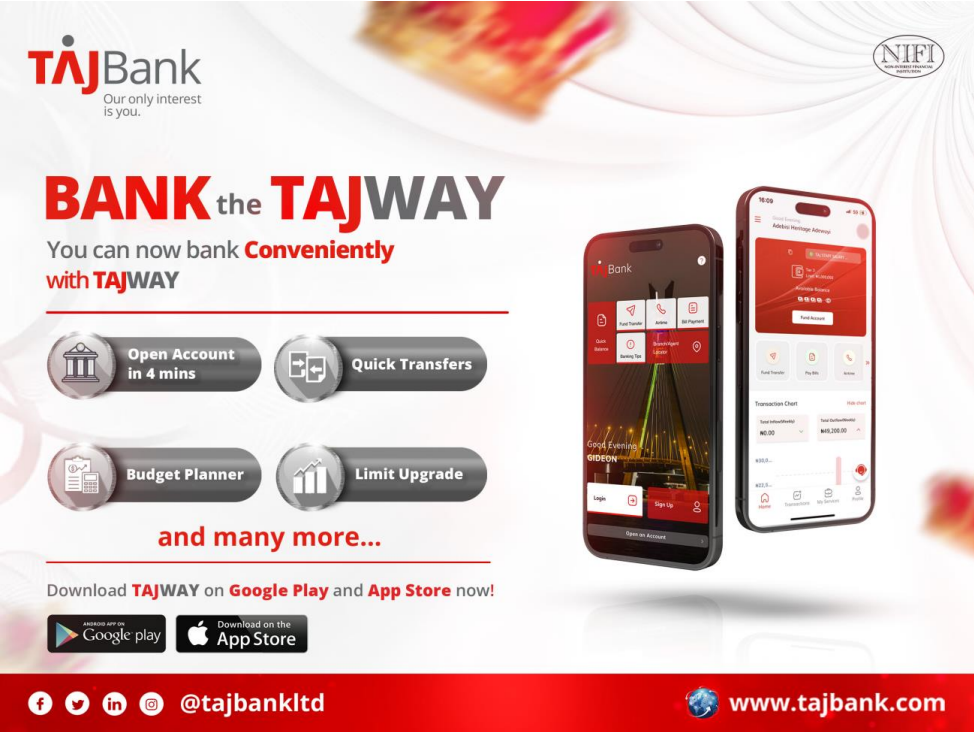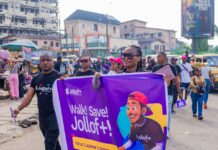By Abiodun JIMOH
Despite Lagos’ €410 million Omi Eko Project aimed at modernizing the state’s ferry network, experts warn that high fares could undermine efforts to expand water transport and ease the city’s notorious traffic congestion.
Although waterways cover 22% of Lagos and link 15 of its 20 local government areas, ferries remain largely inaccessible to most residents. For many, a one-way trip costing between ₦3,000 and ₦3,500—such as from Ikorodu to Victoria Island or Lekki—is far beyond the reach of average commuters.
According to Numbeo’s 2025 Traffic Index, Lagos is the world’s most congested city, with average one-way trips lasting over an hour. Yet ferries currently account for less than 1% of daily public transport use.
Transport expert Hannah Kates, Founder of Public Tech Studio, said fare subsidies are essential if Lagos wants commuters to switch from roads to waterways. “Most public transport systems are subsidized. Without support, ferries will remain a luxury,” she noted.
Tonami Playman, an independent transport researcher, added that current fares exclude the working population. “Affordable, integrated ticketing could drive adoption and ease road pressure,” he said.
The Omi Eko Project, backed by the EU, AFD, and EIB, will deliver 15 ferry routes, 25 terminals, and over 75 electric ferries within five years, aiming to move 25 million passengers annually and cut emissions by 41,000 tons.
Experts, however, caution that success depends not only on infrastructure but also on pricing, frequency, and coordination with road transport. “If commuters don’t save time or money, they’ll stay on the roads,” Kates warned.
They stress that Lagos must prioritize affordability and reliability if the Omi Eko initiative is to transform water transport from a costly alternative into a true mass-transit solution.














